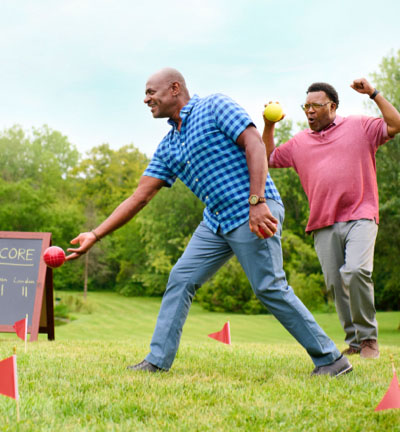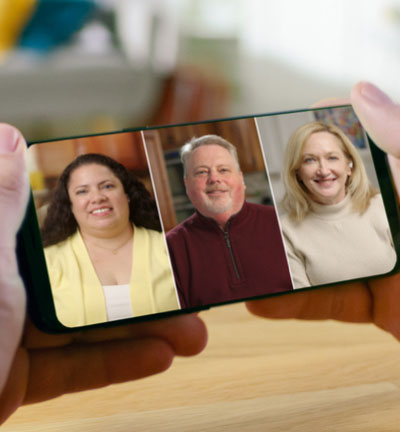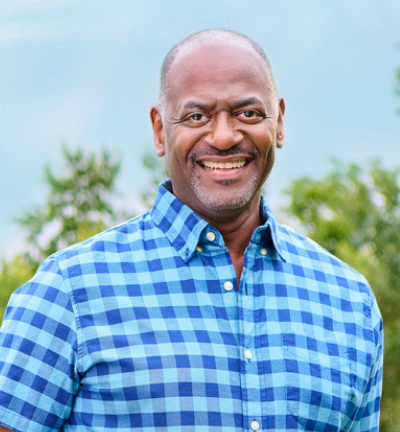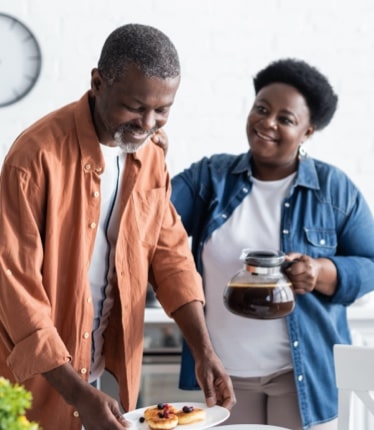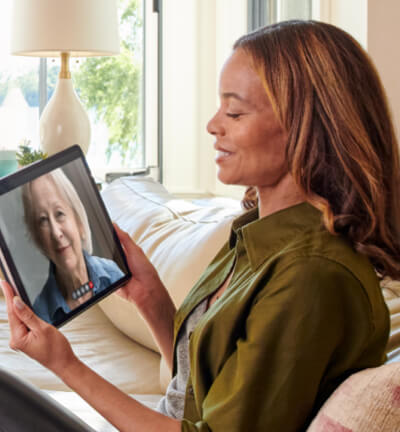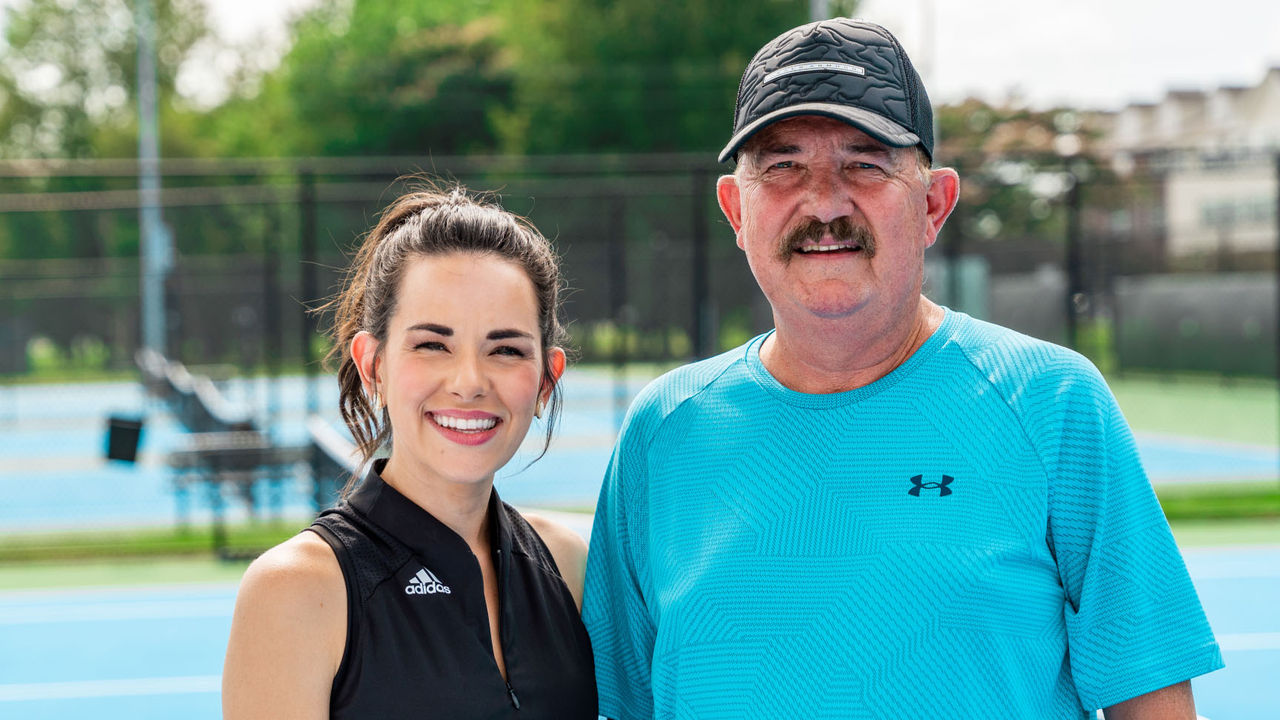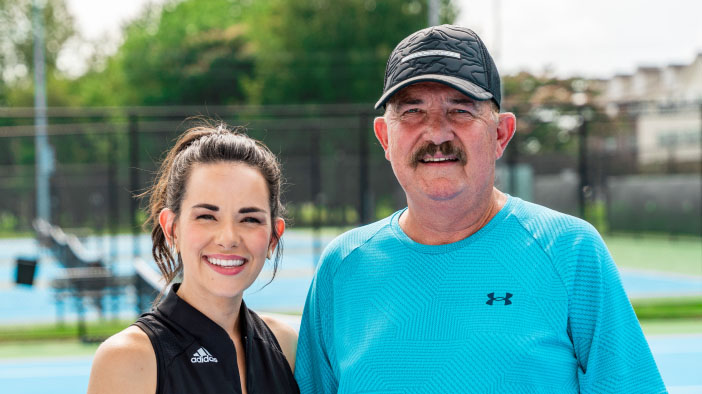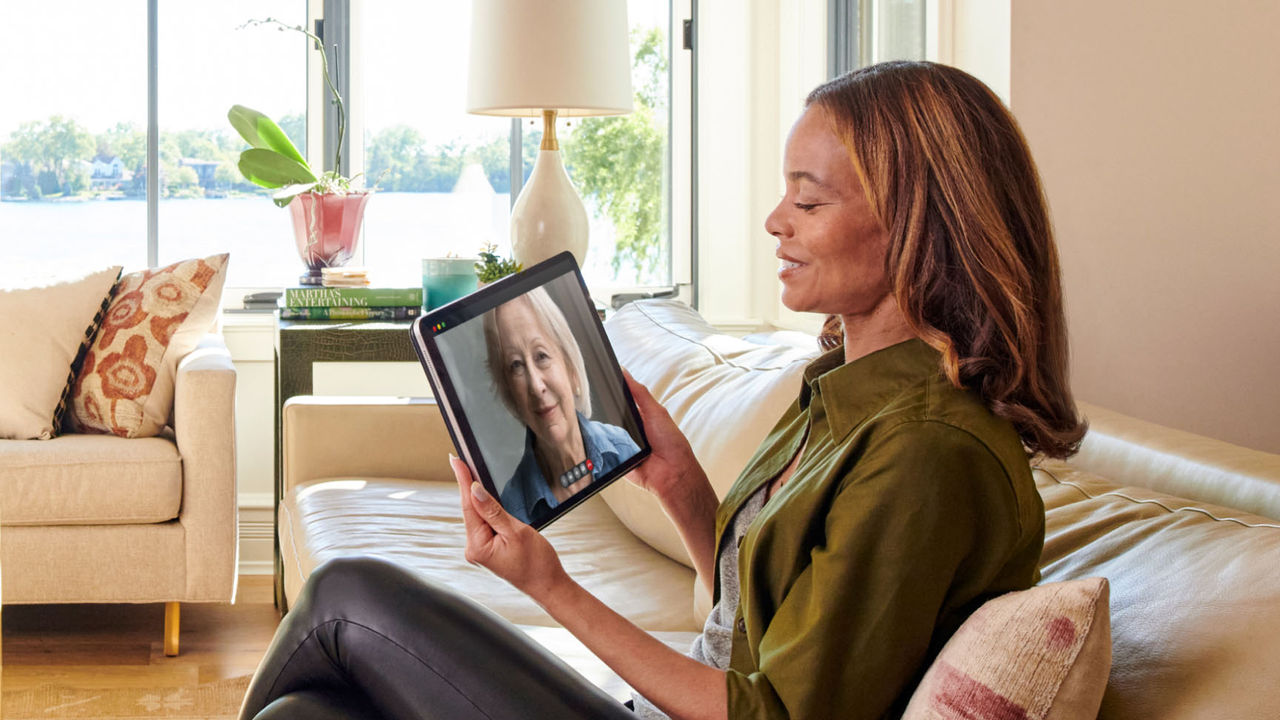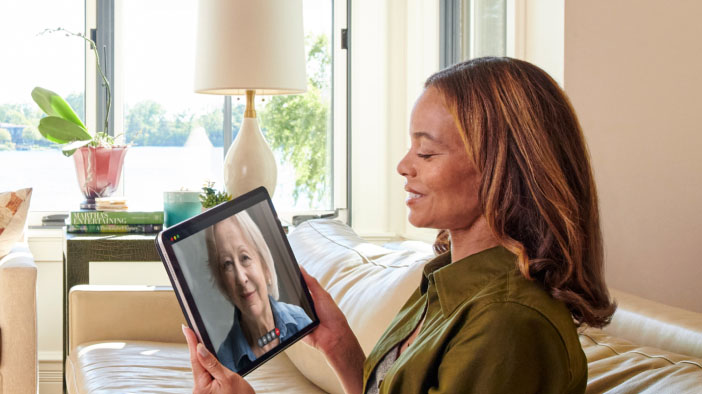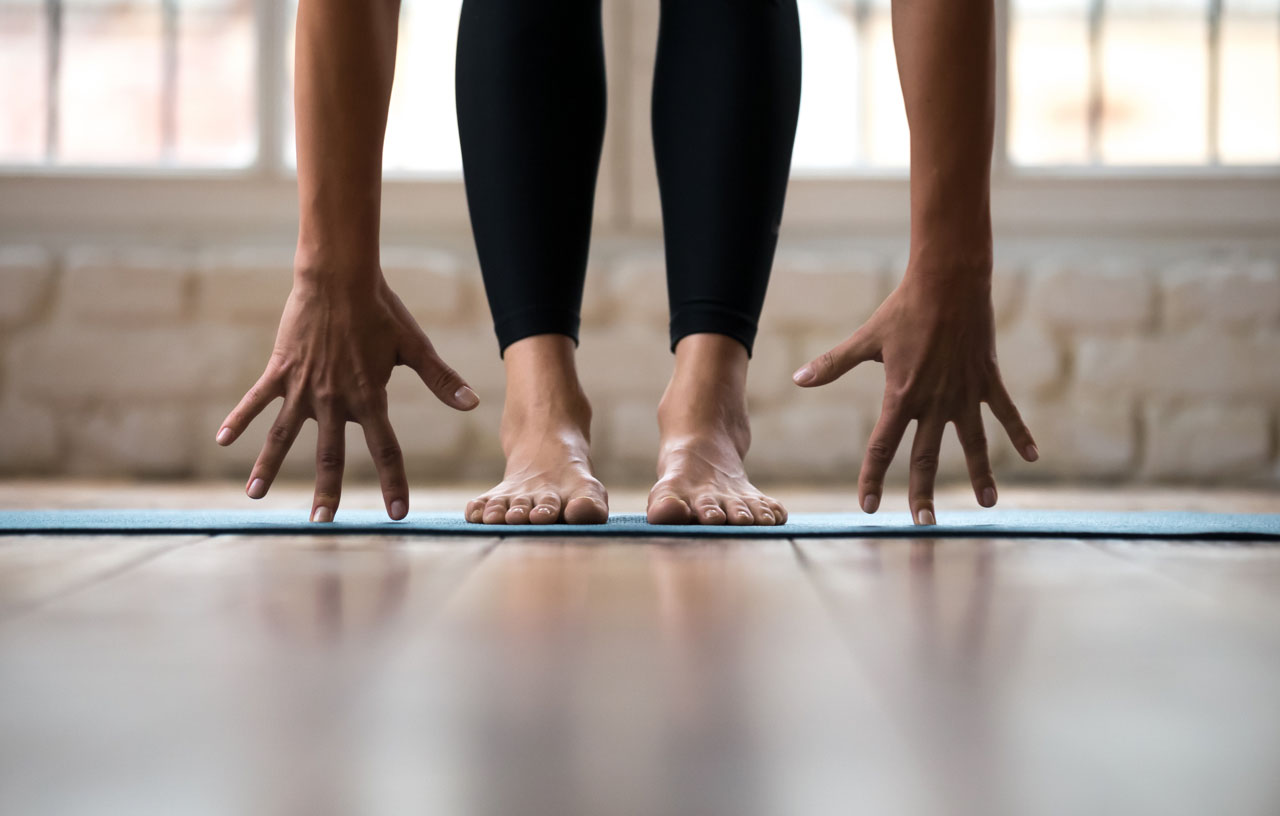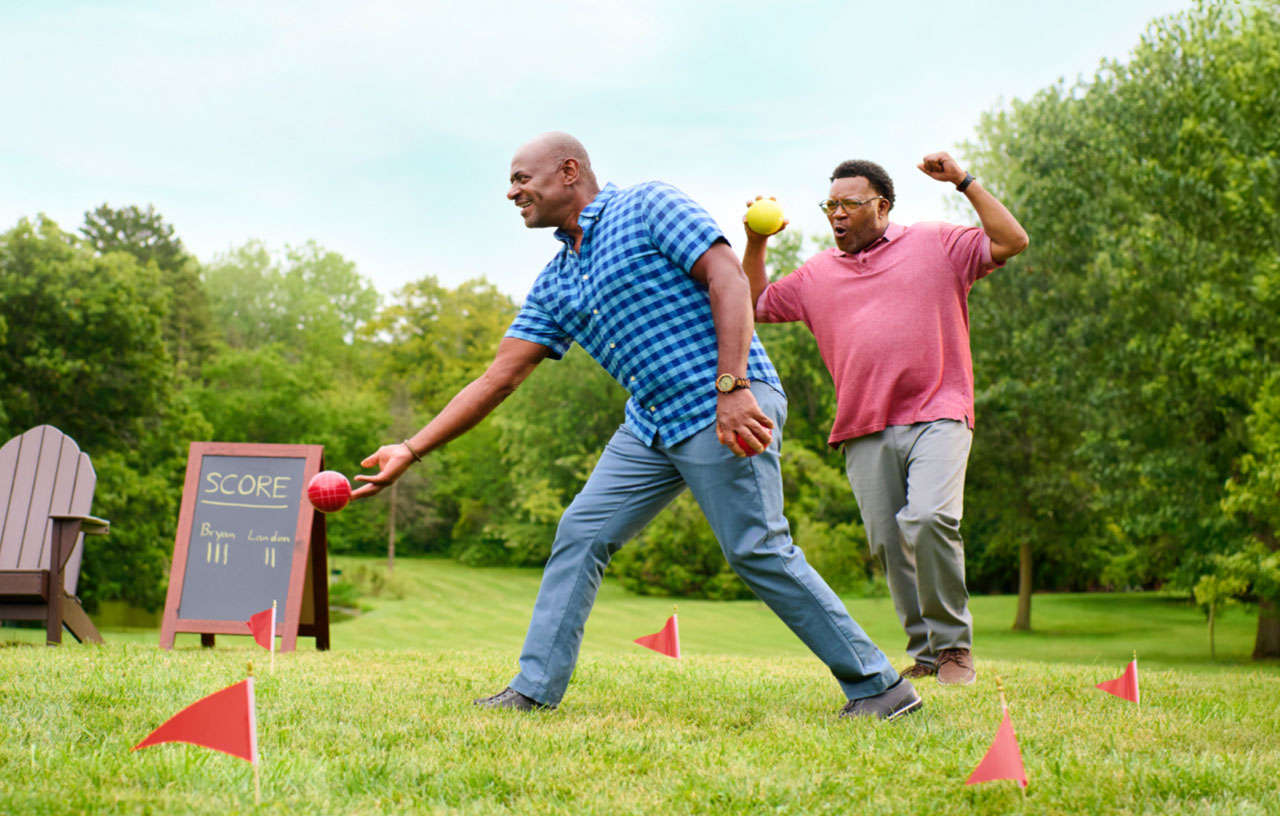When living with MG, a shift in activities and roles is common. Here’s how to navigate it.
Living with myasthenia gravis (MG) may make you feel like you don’t have control of your own life. Navigating MG symptoms and doctor appointments, while trying to balance your social life, family, hobbies or career can be tough.
These insights and stories shared by the MG community may help empower you to get back in the driver’s seat of your own life and show you how to take charge by setting treatment goals and getting the support you need.
“With MG, you can have good days and bad days,” says John.* John loved coaching, being active and playing tennis. Then his life changed.
John began noticing issues with ball control. Next his eyes started drooping and then one side of his face drooped as well. After a year of undiagnosed symptoms, a neurologist diagnosed John with MG. After his diagnosis, he didn’t play sports for five years. “Everything you take for granted is taken away from you, and I had to rely on my daughter and my wife to take care of me,” John said.
Courtney,* who has been living with MG for over 20 years, reiterates just how much it can impact your life. “When I was newly diagnosed, I had to learn that although I’d like to be able to do whatever I want, that’s not how my body works with MG.” She goes on to say, “It was important for me to take the time to figure out what was best for me.”
Courtney experiences ocular, or eye-related, MG symptoms daily. Before she was diagnosed, she bought her dream luxury car. Then she was faced with a tough realization. “My eyes felt the most strained when I was driving. So, because of that, I made the decision not to drive just because it’s safer and less stressful for me.”
While MG changed John’s and Courtney’s lives, after a while, they began to discover how to take back control.
It was important for me to take the time to figure out what was best for me.
A drive for change
“I would really like to be able to wake up and not have the first thing I think of be my MG,” Courtney expresses. “But I try to choose happiness even on the days when things are difficult.”
One way Courtney stays motivated and checks things off her to-do list is through planning and prioritizing. “I ask myself, ‘What do I want to accomplish this week?’ and find a way to get it done in the least stressful way I can,” she says.
Just as John and his family were settling into what he thought was his “new normal,” an old friend gave him a call and asked him to join his tennis league. John thought about it and agreed. “I wasn’t the same player I was in college,” he says, “But you just get out there and try.” And the biggest comeback? “Now I am playing on six or seven different leagues,” says John.
I remind myself all the time that you can’t just give up, sometimes you have to say, ‘We need to find another way to do that.’
John realizes the importance of staying positive, hopeful and resourceful, “When you have MG, a lot of times you have to re-route what you’re doing.” Whether that’s finding ways to participate in the sports he loves or spending quality time with his grandchildren, all while living with MG. He says, “I remind myself all the time that you can’t just give up, sometimes you have to say, ‘We need to find another way to do that.’”
“I remember not being able to imagine a life without driving,” admits Courtney. “But, since giving it up, I will say I walk a lot more than I used to and I actually enjoy it.” She also suggests ridesharing apps and public transportation if walking isn’t an option.
Courtney’s confidence in her decision to give up driving was further strengthened by her friends and family, who make up her support system. She says her friends understand the impact MG has on her life and offer to pick her up or drop her off whenever she needs a ride. This support from family and friends can help make running errands, getting to appointments and attending social engagements less stressful.
John admits it was hard at first, “It was very emotional to see my role as a leader in my family change dramatically.” His family has become his greatest teammates and supporters and together they are able to get creative and pivot to keep him involved in whatever they’re doing. When spending time with his grandkids, he says, “We don’t quit that activity just because I’m experiencing symptoms, we just change it. If walking starts to feel strenuous, then we switch it up to do different things. We will get the bubbles out and blow bubbles and let the kids chase them. You can do that for hours!”
Finding power within the MG community
Led by the MG community, for the MG community, Let’s Talk MG is a resource that connects people living with MG to someone who gets it. In one-on-one conversations with an MG Guide, you can share challenges and stressors as well as personal insights that may help you better manage life with MG. Courtney is an MG Guide for the program, and through Let’s Talk MG, she works to help people feel seen, heard and understood.
Working with your healthcare team
Support from family, friends and the MG community is so important, but being your own self-advocate is valuable, too. Whether that’s establishing a healthcare team that fits your needs, improving communication with your current healthcare team or setting and reaching MG goals, being your own best self-advocate can help you along the journey.
On the topic of advocating for yourself at doctor’s appointments, Courtney says, “I know my body. I’ve been dealing with MG for over 20 years.” In other words, while her doctor is the medical expert, she is the Courtney expert and can recognize changes in her normal. This awareness has helped her work better with her healthcare team so that they can partner up and address any topic together.
And if you need more tips about talking to your healthcare team, check out this handy discussion guide. It may help you organize and prioritize your thoughts and remember the topics you want to discuss with your healthcare provider.
Be truthful to your doctor. Don’t just say everything’s fine if it’s not.
Building a healthcare team you feel good partnering with and can trust is essential. Courtney says, “If I don’t feel like I’m being heard or seen, I’d find someone new.” John adds that trust should come from both sides, “Be truthful to your doctor. Don’t just say everything’s fine if it’s not.”
Because everyone’s experience with MG is different, having personal treatment goals related to your symptoms and daily abilities may help you better track your progress and assess if your treatment plan is making a difference. Consistently tracking your MG symptoms can be a good way to help monitor the progress of your goals and can be used to better facilitate conversations with your healthcare team.
Taking the wheel with MG
Remember, you are not alone in your journey with MG. Learning to become a better self-advocate, setting and reaching treatment goals, tracking symptoms and getting the care and support you need may help you take charge of your MG. With a healthcare team you believe in and your friends and family by your side, you can get back in the driver’s seat of your own life.
Looking for your MG community? Connect with an MG Guide by signing up for Let’s Talk MG.


